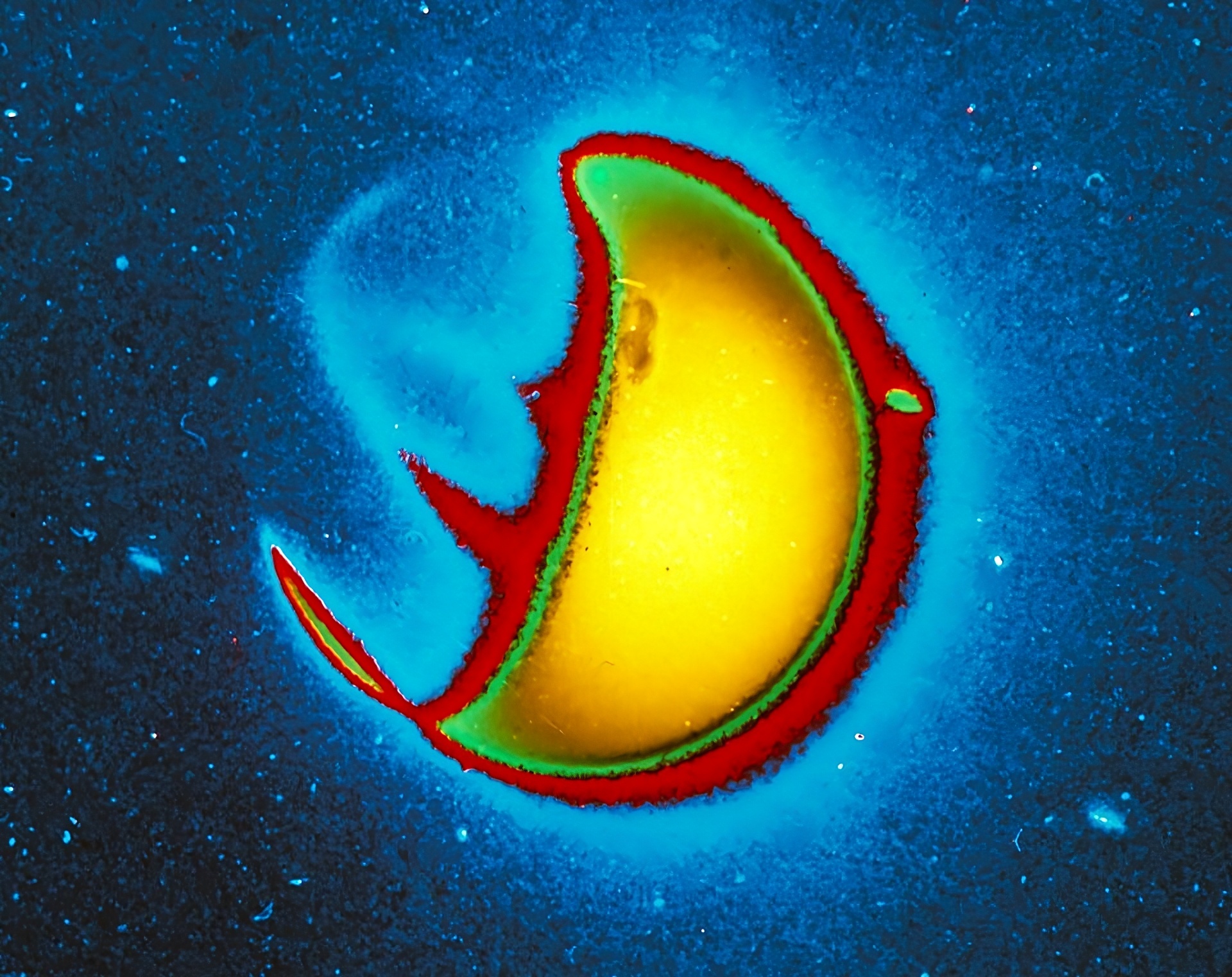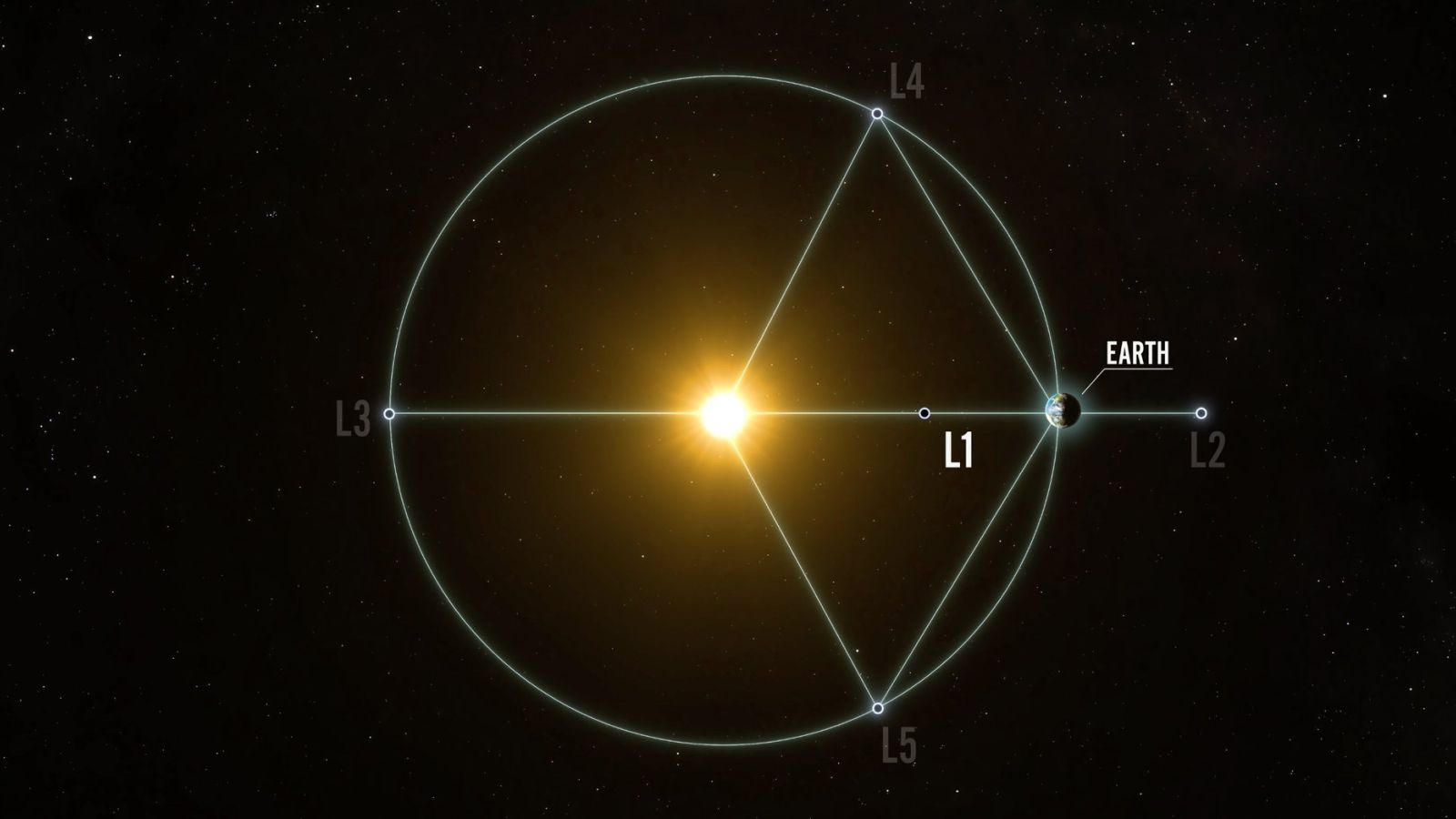🔭 Earth's mysterious invisible halo finally revealed by a space observatory
Follow us on Google News (click on ☆)
On September 24, a particularly ambitious space mission launched from the Kennedy Space Center in Florida. The Carruthers Geocorona Observatory began its journey toward a strategic point in space located between Earth and the Sun. This particular point, known as Lagrange point L1, is located about 1 million miles (1.6 million kilometers) from our planet, or four times farther than the Moon. From this privileged position, the observatory will be able to study the geocorona in its entirety, a feat never before accomplished.

Historic image from the original Carruthers mission during Apollo 16 in 1972.
Credit: G. Carruthers (NRL) et al. / Far UV Camera / NASA / Apollo 16
The geocorona represents the most extreme part of Earth's atmosphere, beginning at an altitude of about 300 miles (480 kilometers) and extending halfway to the Moon. This immense gaseous envelope is primarily composed of hydrogen, a fundamental element for, among other things, water. What makes this mission particularly crucial is that it will allow the study of how solar particles interact with this atmospheric layer and contribute to our planet's loss of hydrogen.
The idea for this mission dates back to 1972, when Dr. George Carruthers placed a primitive ultraviolet camera on the Moon during the Apollo 16 mission. Although the images obtained were spectacular, the physicist understood that they showed only part of the phenomenon. The new observatory, equipped with ultraviolet imaging technologies fifty times more advanced, has both a wide-field imager to capture the entire geocorona and a close-up imager to study its detailed interactions.
The data collected by this mission could revolutionize our understanding of planetary habitability. By studying how Earth loses its hydrogen into space, scientists will be better able to identify exoplanets capable of retaining their liquid water. The observatory is expected to begin its scientific observations next March and operate for at least two years, thus fulfilling the dream of a space exploration visionary.
Lagrange points: strategic positions in space
Lagrange points represent unique orbital positions where the gravitational forces of two celestial bodies perfectly balance with the centrifugal force. These five particular points, named L1 to L5, allow a small object like a satellite to maintain a stable position relative to the two main bodies.

Artist's representation of the Earth-Sun Lagrange points. The L1 point is the final destination of the Carruthers Geocorona Observatory.
Credit: NASA's Conceptual Image Lab/Krystofer Kim
The L1 point, destination of the Carruthers Geocorona Observatory, is located directly between Earth and the Sun. This position offers the unique advantage of having a permanent view of our star while continuously observing the sunlit side of our planet. Many solar observatories and space weather satellites use this privileged position.
The exceptional stability of these points makes them ideal locations for long-term observation missions. Unlike satellites in Earth orbit that must constantly adjust their position, a spacecraft placed at a Lagrange point can maintain its position with very little fuel, which significantly extends its operational lifespan.
These strategic positions have become essential for the study of the Sun, space weather, and now Earth's atmosphere as a whole. Their use demonstrates our growing understanding of celestial mechanics and our ability to exploit the physical laws of the Universe for scientific exploration.
Atmospheric hydrogen and its role in planetary habitability
Hydrogen, although present in small quantities in our atmosphere, plays a fundamental role in maintaining conditions suitable for life on Earth. This light element is a key component of the water molecule and participates in many essential atmospheric cycles.
In the upper layers of the atmosphere, hydrogen undergoes a process called 'atmospheric escape' where energetic particles from the Sun can give it enough speed to escape Earth's gravitational pull. This phenomenon, although slow on a human scale, represents a continuous loss for our planet.
Studying this hydrogen escape is of paramount importance for the search for extraterrestrial life. By understanding the mechanisms that govern the retention or loss of this element on different planets, astronomers can better assess which worlds are likely to retain liquid oceans over geological timescales.
Data from the Carruthers Observatory will allow precise quantification of this loss rate and understanding of how it varies with solar activity. This information will serve as a reference for assessing the habitability of exoplanets discovered around other stars, making this mission a valuable tool in the quest for worlds similar to our own.